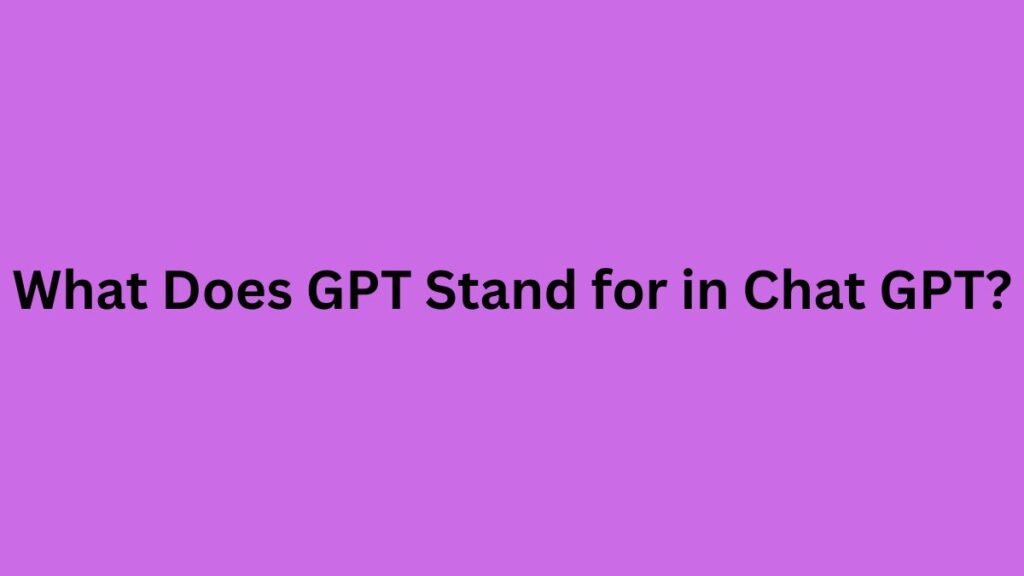ChatGPT has sparked a revolution in the digital world, attracting over 100 million users globally in just three months since its launch. This AI language model, developed by OpenAI, marks the beginning of a new era, especially in the content marketing industry.
Whether you are a student, a marketing professional, a developer, or a casual writer, ChatGPT offers stress-free writing solutions for all your needs. It is easy to use – simply log in to a free account on the ChatGPT official website and start prompting.
For those unfamiliar with ChatGPT and looking to integrate it into their workflow effectively, this blog is dedicated to providing insights on how to use ChatGPT, its use cases, limitations, and alternatives.
What is ChatGPT?
ChatGPT, short for Chat-based Generative Pre-trained Transformer, is an AI language model with advanced natural language processing capabilities. Developed by OpenAI, it is a variant of the GPT-4 and GPT-3.5 models specifically designed for chat applications. Trained using Reinforcement Learning from Human Feedback (RLHF), ChatGPT can interact conversationally, possess a dialogue format, and generate different text styles.
The model is trained on a vast amount of data from various sources, enabling it to provide intuitive responses. It is user-friendly with a simple yet intuitive UI.
This article will explore how to use ChatGPT, its limitations, and alternative options. Let’s dive in!
How to use ChatGPT? Step-by-step guide
Before delving into a detailed step-by-step guide, here’s a quick starter guide on getting started with ChatGPT:
- Visit chat.openai.com, log in or sign up for a free account (if you haven’t already). The basic version of ChatGPT is free.
- Enter your prompt in the message box on the ChatGPT page.
- Wait for ChatGPT to generate a response.
Once you receive the response, you can edit the original prompt, enter a new prompt based on the response, or generate another reply from ChatGPT for the same prompt. Additionally, you have options to copy, share, like, and dislike the response.
Now, let’s delve into the complete guide with finer details:
Step 1: Understand the prerequisites and limitations
- Prerequisites: Ensure you have a valid email address and phone number to create an account.
- Limitations: Be aware that ChatGPT may have limitations in providing accurate information. Adhere to usage policies to avoid account suspension.
Step 2: Account creation and verification
- Sign up: Visit the OpenAI platform and click “Sign Up”.

- Email verification: Enter your email, create a password, and verify your account.

- Personal details: Provide your first and last names.
- Phone verification: Enter your phone number and verify your identity.
Step 3: Engaging with ChatGPT
- Write a clear and detailed ChatGPT prompt in the message box.
- Click the send button to prompt ChatGPT.

For Plus subscribers accessing the GPT-4 model, ChatGPT can browse the internet for current data-based responses.

